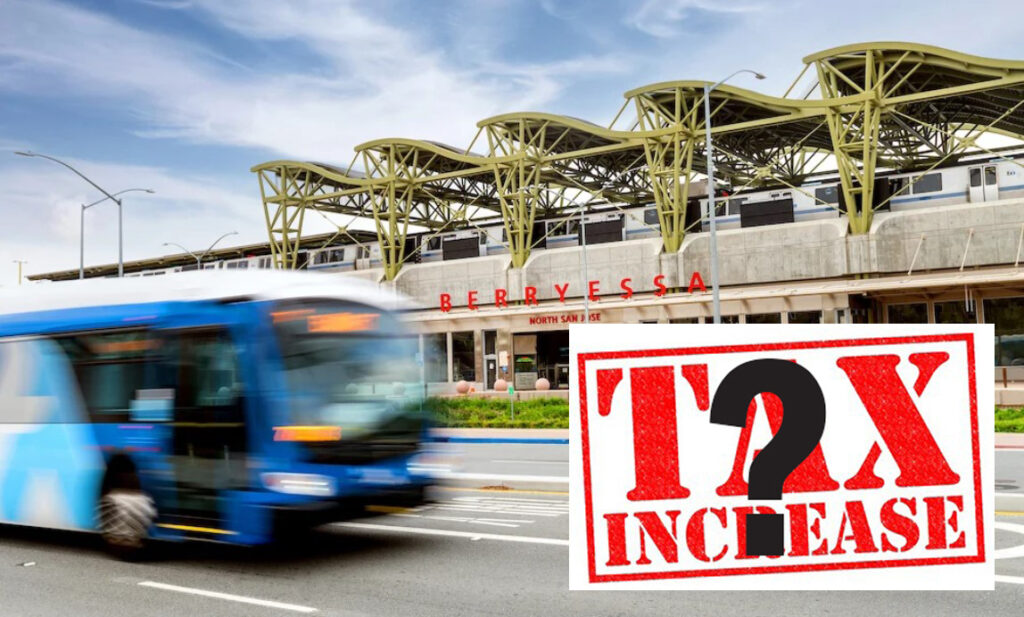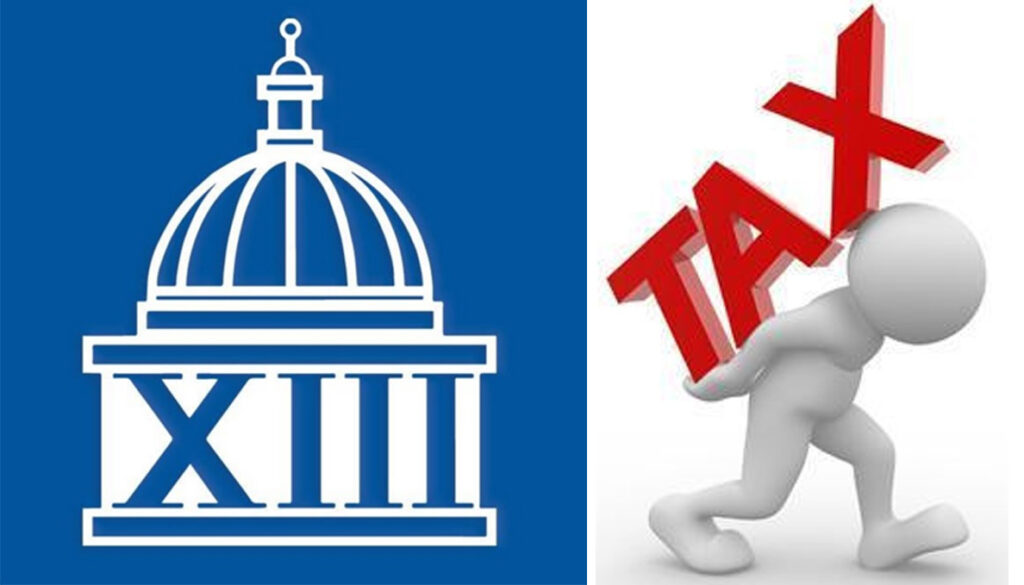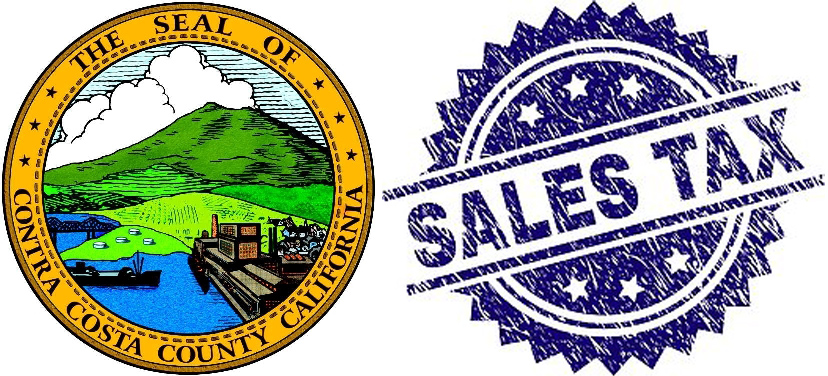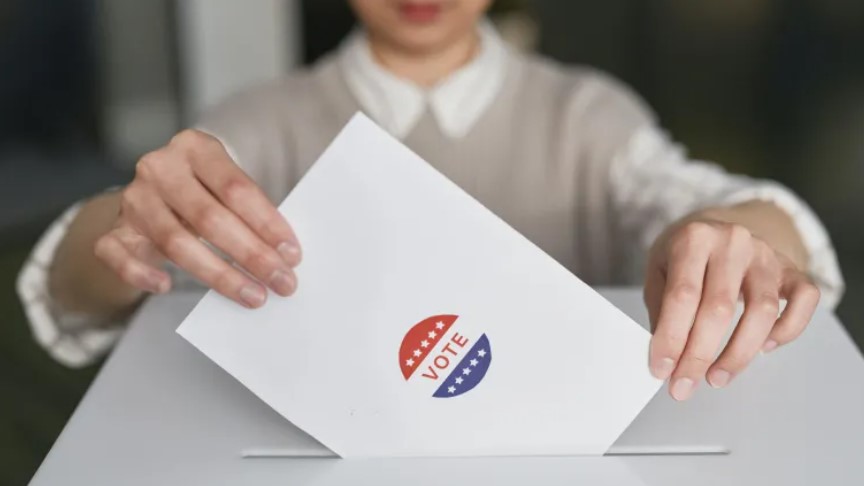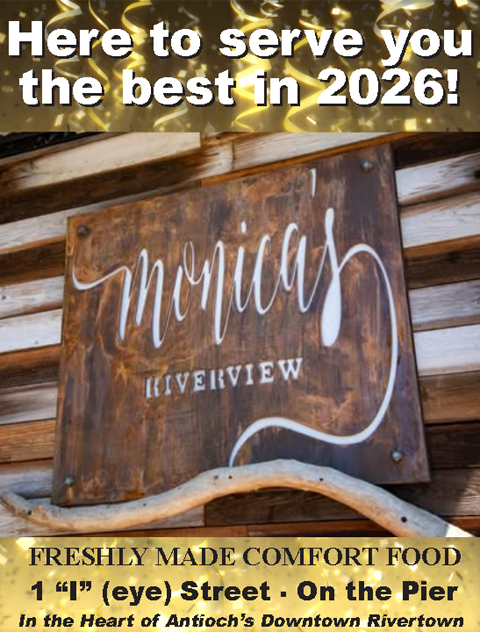Special Council Meeting: Antioch mayor wants ballot measure for infrastructure, other services
Monday, January 29th, 2024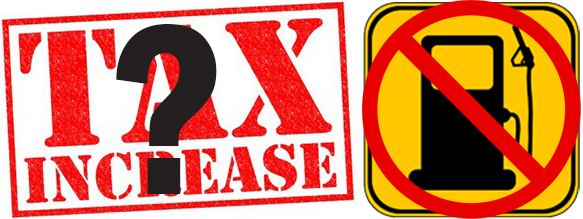
To be discussed Tuesday night January 30, 204
Plus, 7 other items including Wilson’s gas station moratorium, repealing city cruising ban due to new state law; presentations on homeless services, Community Response Team
By Allen D. Payton
During a special meeting Tuesday night, Jan. 30, 2024, the Antioch City Council will receive three presentations including one on Unhoused Resident Services and discuss eight items requested by council members including a possible ballot measure for infrastructure and/or programs under agenda Item 5. requested by Mayor Lamar Hernandez-Thorpe, and a moratorium on new gas stations, proposed by Mayor Pro Tem and District 4 Councilwoman Monica Wilson.
The meeting will begin at 6:30 p.m. and be held at the Nick Rodriguez Center, 213 F Street in Rivertown.
The other two presentations will be on the City’s Youth Services Network and on the California Violence Intervention and Prevention (CALVIP), the City’s Community Response Team and raising awareness against domestic violence.
On the gas station moratorium discussion under agenda Item. 10, city staff offers basic options that the Council could consider including: a temporary moratorium on approval of new gas stations or a ban on new gas stations. In addition, the City could consider a ban on the expansion of new pumps at existing gas stations.
The other six items requested by council members for discussion and possible placement on a future council meeting agenda for votes include the following items:
4. Discussion on the Antioch Alert System requested by District 2 Councilman Mike Barbanica.
6. The Contra Costa County A3 Miles Hall Crisis Call Center requested by District 1 Councilwoman Tamisha Torres-Walker.
According to the staff report, A3 is the county’s approach to providing behavioral health crisis services to anyone, anywhere, at anytime in the county. Annual Measure X sales tax revenue supports the center, mobile response teams and connection to follow-up care for those in crisis. A3 has grown from a pilot project in 2021 to now operating 24/7. Currently, A3 responds to about 200 calls and dispatches 30 mobile teams per week. They helped over 2,900 callers in 2022 and expect that number to grow to more than 4,500 people this year.
7. Hiring incentives for city employees requested by Hernandez-Thorpe.
8. Permits for landlords renting to family members requested by Barbanica.
9. Discussion on the City’s official poet laureate program requested by Torres-Walker.
11. Repealing the City’s ban on cruising. According to the brief description of the agenda item, staff is recommending that the City Council direct staff to prepare an ordinance to repeal the City’s local ban on cruising, set forth in Section 4-5.1009 of the Antioch Municipal Code (AMC), which is now preempted by State law effective January 1, 2024.
Cruising Now Legal in California
According to the city staff report by City Attorney Thomas L. Smith, “On October 13, 2023, Governor Newsom signed into law AB 436, which amends Section 21100 by removing subdivision (k) “Regulating cruising” from the traffic matters that local agencies may regulate. Effective January 1, 2024, cruising bans adopted by cities are no longer authorized under State law. Therefore, cruising is a legal activity within the State of California. Existing City bans are now preempted by State law.”
State Senator Steve Glazer was absent for the vote but State Assemblyman Tim Grayson, who is running for Glazer’s seat, voted for the bill.
Community Response Team Report Details
According to the Community Response Team report, since Oct. 2022, they have responded to 1,600 Dispatch calls of which they had 51 accompanied the Antioch Police Department, 573 Welfare Checks and 293 for Mental Health Related Services. In addition, most of the calls were made during the hours of 6am-11pm, with 12pm-5pm being the peak hours of conducted services.
No votes will be made during the meeting just direction to staff. See complete meeting agenda.











